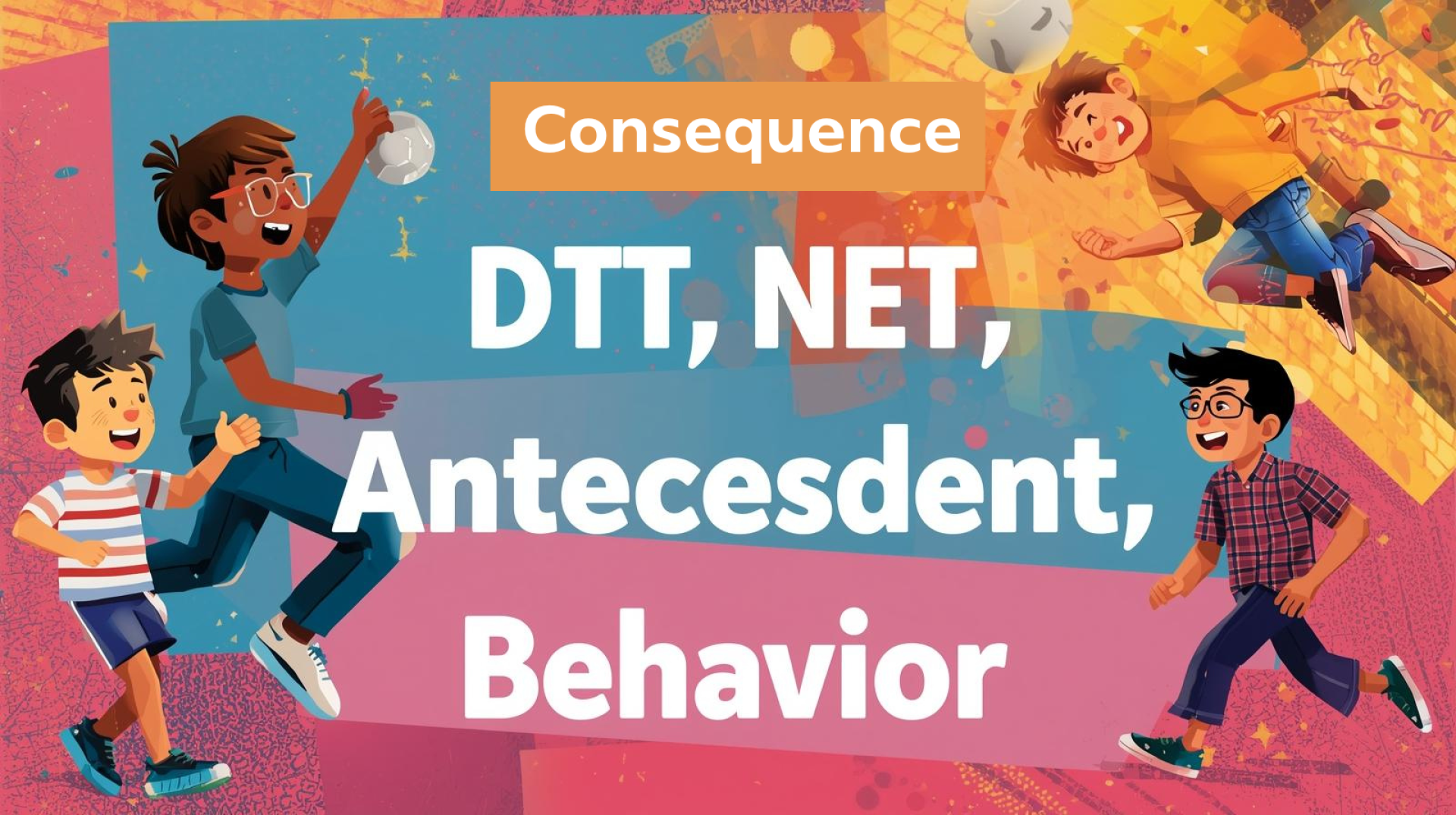Frequency used term

Frequency used term: Here are some common words we use when talking about ABA and your child's support, explained in simple language
a. DTT (Discrete Trial Training):
Teaching step by step. A big skill is broken into small parts, practiced as many times as needed to help the child learn clearly.
b. NET (Natural Environment Teaching):
Teaching skills during everyday life. Using real situations and activities around the child to make learning natural.
c. Reinforcement:
Using the childs motivation, giving praise, or favorite activities to encourage learning, build skills, and set them up for success.
d. Antecedent:
What happens before a behavior. For example, an instruction, a request, or a situation that triggers the behavior.
e. Behavior:
What we do, any action such as speaking, pointing, sitting, or crying. All behaviors are ways of communicating and can help us understand the child better.
f. Consequence:
What happens after the behavior? For example, receiving praise, getting a toy, or having something taken away.
g. Functions of Behavior:
The reason why a behavior happens. It may be to get something, to avoid something, to get attention, or because the child enjoys the feeling of the behavior itself.
h. Generalization:
When a child can use what they learned in different places, with different people, and in different situations, not only in the classroom.
i. Maintenance:
Keeping the skill over time. The child can still do it even after teaching has slowed down or stopped.

